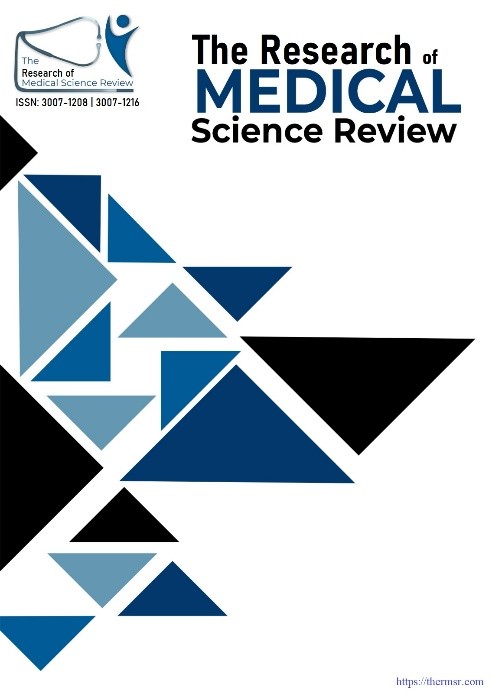ROLE OF HRCT IN DIAGNOSIS OF CHRONIC OBSTRUCTIVE PULMONARY DISEASE-ORIGINAL ARTICLE
Main Article Content
Abstract
Background: Chronic obstructive pulmonary disease (COPD) is a progressive respiratory disorder characterized by distinct morphological features, including emphysema and chronic bronchitis. High-resolution computed tomography (HRCT) has emerged as the gold standard imaging modality for accurately identifying and assessing these key features, providing invaluable insights into the diagnosis, management, and treatment of COPD.
Objective(s): The aims of our study to investigate the role of High-Resolution Computed Tomography (HRCT) in diagnosing and assessing Chronic Obstructive Pulmonary Disease (COPD).
Methodology: HRCT scanning involves using a CT scanner to obtain high-resolution images of the lungs. The scanning parameters typically include a slice thickness of 1-2 mm, reconstruction interval of 1-2 mm, and a field of view of 20-30 cm. The patient is positioned supine with arms above the head and instructed to hold their breath at full inspiration or expiration.
The images are reconstructed using a high-resolution algorithm to enhance lung detail. The images are then analysed on a workstation with multi-planar reformation capabilities, adjusting the window width and level to optimize lung detail. Additional techniques such as minimum intensity projection (MinIP) and maximum intensity projection (MIP) may be used to evaluate the airways, lung parenchyma, and pulmonary vasculature.
Results: This study's demographic results revealed a sample of 68 participants, with 64.7% (n = 44) falling within the 1-50 age range (p = 0.012), 33.8% (n = 23) being female, and 66.2% (n = 45) being male (p = 0.001). Symptoms reported included dyspnea (47.1%, n = 32, p = 0.034), cough (100%, n = 68, p < 0.001), wheezing (66.2%, n = 45, p = 0.002), and chest tightness (58.8%, n = 40, p = 0.011). The majority of participants (51.5%, n = 35) reported no previous diagnosis of COPD (p = 0.045), while 48.5% (n = 33) reported having a previous diagnosis. Additionally, emphysema (48.5%, n = 33, p = 0.038), bronchiectasis (36.8%, n = 25, p = 0.021), and airway wall thickening (39.7%, n = 27, p = 0.015) were present in varying proportions of participants. Notably, 64.7% (n = 44) of participants reported not having undergone a Pulmonary Function Test (PFT) (p < 0.001), highlighting a potential gap in diagnosis and management. The following conditions did not have statistically significant associations with gender: emphysema (p = 0.667), bronchiectasis (p = 0.809), airway wall thickening (p = 0.649), pulmonary function test (PFT) results (p = 0.950), dyspnea (p = 0.349), wheezing (p = 0.335), chest tightness (p = 0.783), and prior diagnosis of COPD (p = 0.346).
Conclusion: High-Resolution Computed Tomography (HRCT) has proven to be a valuable tool in evaluating emphysema and Chronic Obstructive Pulmonary Disease (COPD). HRCT also predicts the extent and severity of COPD. Its diagnostic accuracy makes it a valuable tool in clinical settings. Overall, HRCT is a crucial diagnostic modality for COPD and emphysema.
Downloads
Article Details
Section

This work is licensed under a Creative Commons Attribution-NonCommercial-NoDerivatives 4.0 International License.
